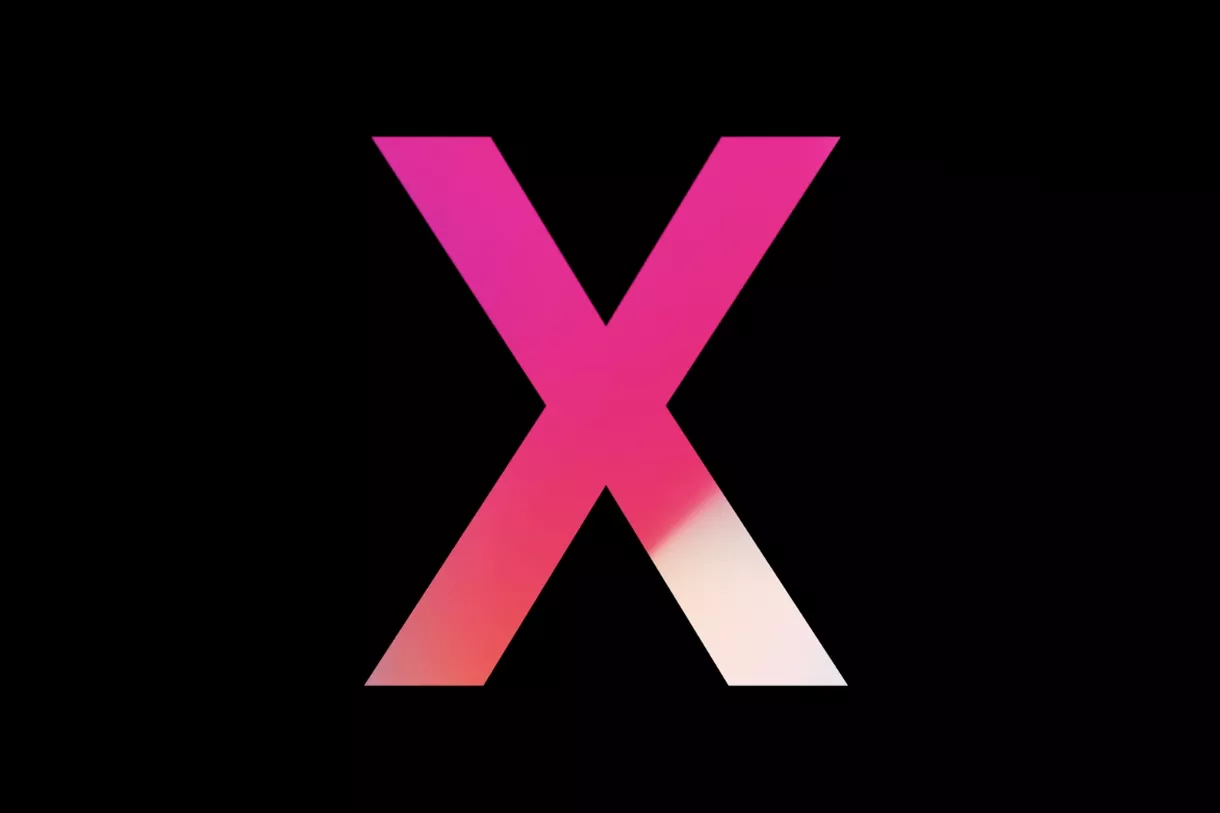Gaming the System to Stay Relevant in the Phone Market
Earlier today, Apple held a press conference announcing the next generation of iPhone, confusing consumers everywhere by calling the ninth iteration the “iPhone X,” intended to be the Roman numeral for ten. They claim it’s simply to honor the tenth anniversary of the original iPhone, but that seems like a reach. In this article from The Verge, Tom Warren makes the argument that Apple likely did this to differentiate itself from the status quo of the last 8+ generation of iPhones and Galaxies. That is, going up by one number every generation and adding “S” and “Plus” and “XL” to a phone’s name to indicate variations within models. It used to be the safe thing to do, to follow this naming convention, because it was what the two biggest competitors were both doing. But Apple decided to break the mold and go for something fun and new (possibly to battle popular criticism that Apple hasn’t innovated beyond removing ports and buttons in the last few years) and go with the bold “X.” Differentiation has become the new Dominant Strategy.
So how does this connect to the Networks curriculum? Last month, Mark Buchanan posted this article to BloombergView, based on research done by Dimitri Kusnezov and Wendell Jones. He argues that the tech industry used to be kept in check by rules and regulations, by careful monitoring of risk and reward. He called this a form of Nash Equilibrium. However, he argues that the balance has been disrupted, and the culture of the last decade or so putting pressure on tech companies to constantly be on the bleeding edge creates the incentive for companies to go farther than they normally would. Buchanan doesn’t give many examples, but his theory is excellently demonstrated by the modern-day arms race of the smartphone market. The naming convention example is shallow, but it’s valid– no one had the incentive to name their phone anything different than what was the industry standard, but now it’s going to be beneficial to strip away qualifiers and introduce “unique” names. Another key advertised feature of the iPhone X also disrupts the balance. Under pressure to make their phones sleeker and futuristic to fit the brand they’ve built for themselves, Apple removed the home button and introduced a replacement to TouchID, FaceID. The technology itself is not new, and has been present in many similar devices for a while, but the eagerness to make this the standard reflects Buchanan’s theory of the end of equilibrium. FaceID is sleek, but many people have already argued that it’s less secure. Some worry that police officers could hold a phone up to a suspect’s face to gain access to personal files without a warrant. Others worry that it makes it difficult to unlock a phone subtly in case of emergency. Who knows, at this point, how valid these worries are– this is all very new territory! Every new innovation is, as Buchanan puts it, “faster than regulatory frameworks — at least as traditionally conceived — can respond.”
This isn’t an example of a traditional Nash Equilibrium, where every party is playing their best hand and has no incentive to do anything contrary. Rather, it is the absence of a Nash Equilibrium, an arms race where every competitor is trying to be new and unpredictable to woo a fickle market.

